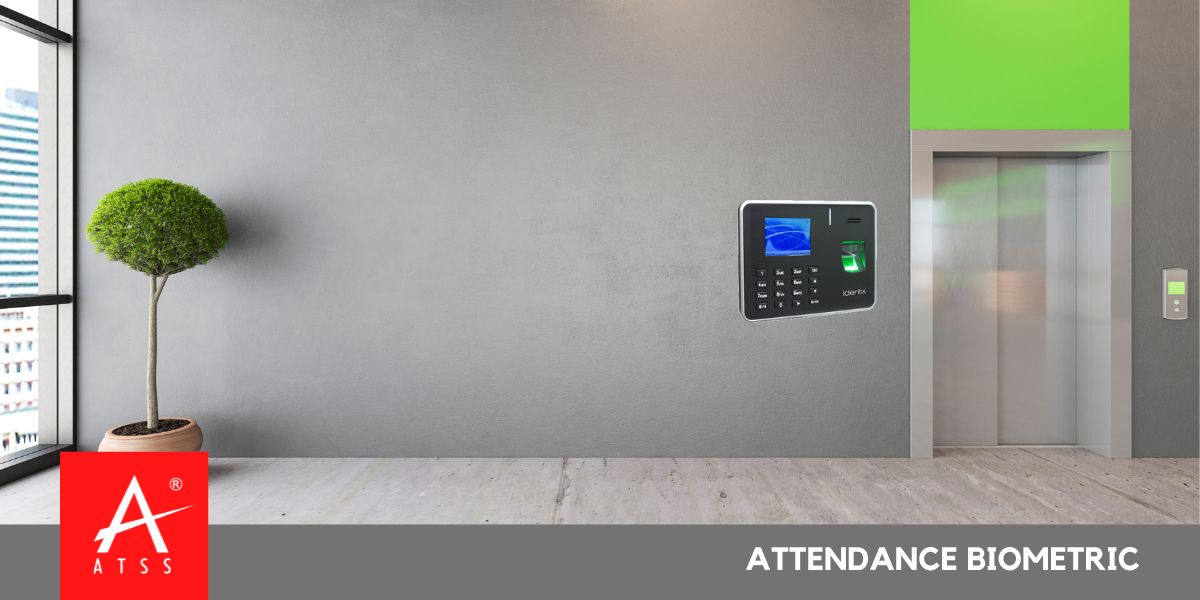ATTENDANCE BIOMETRIC
The Ultimate Guide to Biometric Attendance Systems: Secure & Efficient Workforce Management
Introduction
In today’s fast-paced world, businesses and institutions are continuously seeking secure and efficient attendance tracking solutions. Traditional attendance methods, such as manual registers or punch cards, are prone to errors and time fraud. The biometric attendance system has revolutionized workforce management by offering accurate, tamper-proof, and automated tracking. This guide explores the best biometric solutions, including fingerprint recognition, facial identification, wireless systems, and cloud-based options.
What is a Attendance Biometric System?
A attendance biometric system uses unique biological characteristics such as fingerprints, facial features, or iris scans to authenticate and record an individual’s presence. These solutions eliminate buddy punching, time theft, and manual errors, making them ideal for offices, schools, factories, and hospitals.
Benefits of Using a Attendance Biometric System
1. Accurate & Tamper-Proof Tracking
Biometric technology ensures that only the authorized individual can clock in or out, preventing fraud.
2. Improved Productivity
With automated tracking, HR teams save time, reducing administrative workload.
3. Enhanced Security
Biometric authentication prevents unauthorized access, ensuring workplace safety.
4. Cost-Effective Solution
Over time, businesses save money by eliminating buddy punching and unnecessary payroll costs.
5. Seamless Integration
Modern cloud-based systems integrate with HR and payroll software, simplifying workforce management.
6. Compliance with Labor Laws
Biometric attendance systems help organizations comply with labor laws by providing accurate work hour records.
7. Contactless Solutions for Hygiene
Post-pandemic workplaces benefit from contactless facial and voice recognition systems, reducing the spread of germs.
Types of Biometric Attendance Systems
1. Fingerprint Recognition System
A fingerprint-based system is the most widely used biometric solution. Employees scan their fingerprints on a sensor, and the system records their attendance.
- Advantages: Fast, affordable, and reliable.
- Best For: Offices, schools, and factories.
2. Facial Recognition Machine
A facial recognition machine captures an employee’s facial features and matches them with pre-recorded data for authentication.
- Advantages: Contactless, highly secure, and suitable for pandemic-era workspaces.
- Best For: Hospitals, high-security offices, and research facilities.
3. Wireless Attendance System
A wireless system operates via Wi-Fi or Bluetooth, reducing the need for wired installations.
- Advantages: Portable, easy to install, and suitable for remote or mobile workforces.
- Best For: Field jobs, construction sites, and temporary work locations.
4. Cloud-Based Biometric Tracking
Cloud-based systems store attendance data on secure remote servers, allowing real-time access from anywhere.
- Advantages: Scalability, remote monitoring, and multi-location management.
- Best For: Large corporations, IT firms, and businesses with multiple offices.
5. RFID-Based Systems
An RFID-enabled solution combines radio-frequency identification (RFID) technology with biometric authentication.
- Advantages: Speedy authentication and enhanced security.
- Best For: Universities, libraries, and corporate offices.
6. Iris Recognition Systems
Iris scanning is one of the most secure biometric authentication methods, using unique iris patterns.
- Advantages: Highly secure and contactless.
- Best For: Government agencies, financial institutions, and defense organizations.
How to Choose the Best Attendance System for Your Office
When selecting a biometric tracking system, consider the following:
- Workforce Size: Choose a system that supports your employee count.
- Security Requirements: If high security is required, opt for facial recognition or iris scanning.
- Budget: Compare the machine price to find a cost-effective solution.
- Integration: Ensure compatibility with your HR and payroll software.
- Connectivity: If remote access is needed, go for a cloud-based system.
- Scalability: Consider if the system can grow with your business.
- User-Friendliness: Choose a system that is easy for employees to use daily.
Setting Up & Installing a Biometric Attendance System
Step 1: Select the Right Solution
Analyze your organization’s needs and choose between fingerprint, facial recognition, wireless, or cloud-based options.
Step 2: Enroll Employees
Register employees by scanning their biometric data into the system.
Step 3: Integrate with HR & Payroll Software
Sync your attendance system with payroll software to automate salary calculations.
Step 4: Train Employees & Managers
Educate employees on how to use the system effectively.
Step 5: Regular Maintenance & Updates
Ensure routine maintenance and software updates to keep the system running smoothly.
Step 6: Monitor & Optimize Usage
Regularly review attendance reports to optimize workforce management and reduce absenteeism.
Future Trends in Biometric Attendance Systems
- AI-Powered Tracking – Advanced AI will improve facial recognition accuracy and reduce errors.
- Voice Recognition for Attendance – Some organizations are exploring voice-based authentication.
- Blockchain-Integrated Systems – Blockchain will enhance data security and prevent manipulation.
- Contactless Attendance Solutions – Post-pandemic work environments are moving toward fully contactless options.
- Wearable Biometric Devices – Smartwatches and biometric bands may integrate with attendance tracking.
- Geofencing Technology – Attendance tracking will combine GPS-based location authentication with biometrics.
- Hybrid Authentication – Combining multiple biometric features, such as fingerprint + voice, for added security.
Biometric Attendance System for Different Industries
1. Corporate Offices
- Why It’s Needed: Prevents time fraud and enhances workforce management.
- Best Solution: Cloud-based facial recognition systems.
2. Educational Institutions
- Why It’s Needed: Tracks student and faculty attendance effectively.
- Best Solution: RFID-based or fingerprint systems.
3. Manufacturing & Factories
- Why It’s Needed: Ensures timely shift management and security.
- Best Solution: Wireless fingerprint or RFID-based systems.
4. Healthcare & Hospitals
- Why It’s Needed: Provides security and ensures staff accountability.
- Best Solution: Contactless facial or iris recognition systems.
5. Government Organizations
- Why It’s Needed: Secure authentication and workforce tracking.
- Best Solution: AI-powered multi-factor biometric systems.
Conclusion
Investing in a time attendance system enhances workplace security, efficiency, and productivity. Whether you need a fingerprint scanner, facial recognition machine, wireless tracking system, or cloud-based solution, there’s a perfect option for every business. Understanding pricing and choosing the right system ensures a seamless and secure workforce management solution. With evolving technology, future biometric trends will further refine security and convenience. Start upgrading your attendance tracking today!

